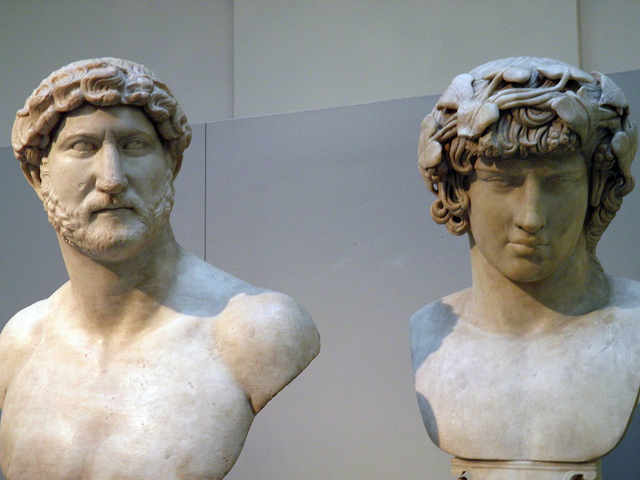
News
Summers Will Not Finish Semester of Teaching as Harvard Investigates Epstein Ties

News
Harvard College Students Report Favoring Divestment from Israel in HUA Survey

News
‘He Should Resign’: Harvard Undergrads Take Hard Line Against Summers Over Epstein Scandal

News
Harvard To Launch New Investigation Into Epstein’s Ties to Summers, Other University Affiliates

News
Harvard Students To Vote on Divestment From Israel in Inaugural HUA Election Survey
Andrew Lear’s ‘We Were There’ Tour Showcases the Resilience of Women and the LGBTQ+ Community through Art

Have you ever wondered what Hatshepsut, Marie Antoinette, and Hillary Clinton have in common? Dr. Andrew Lear '81 has the answer. Lear, former professor of Classics and History at Harvard, Columbia, and NYU, is an expert on gender and sexuality in the ancient world. To account for the lack of LGBTQ+ representation in history and art tours, Lear founded Oscar Wilde Tours in 2013, Shady Ladies Tours in 2016, and most recently, the nonprofit organization We Were There in 2021. He has helped visitors uncover themes of gender and sexuality at the Metropolitan Museum of Art, the Museum of Fine Arts, Boston, and other institutions around the world. His newest tour, “We Were There” at the Met, reflects the nonprofit’s mission to educate people about LGBTQ+ history, culture, and art, featuring powerful women and queer figures in the museum’s collection.
Lear focuses on pieces in the museum for which themes of sexuality, gender, and race are present but not explicit. One might appreciate the beautiful marble bust of Antinous without recognizing him as Emperor Hadrian’s lover, or admire a grand painting of a horse market without noticing the lesbian who sits in the middle. Lear highlights the tiny details — like the Adam’s apple and masculine hands that reveal the central figure of “Merrymakers at Shrovetide” to be a man in drag, not a woman.
Every artist or character depicted in the artworks on this tour faced obstacles, battling misogyny, sexual assault, homophobia, and societal stigma. Lear shares their stories of resilience and explains how each found their own way to flourish. For instance, Hatshepsut was a powerful pharaoh despite male opposition, Artemisia Gentileschi — a survivor of sexual assault — became one of the first famous women painters, and Henri de Toulouse-Lautrec’s paintings of lesbian couples are considered beloved products of the post-impressionist period.
As museums make an effort to diversify their collections, the biases of the art world have been brought to the public’s attention. This makes it easy to dismiss older pieces of the Met’s collection as entirely unrepresentative of diverse communities. “We Were There” is a reminder that, while greater representation is still needed, art of or by women and the LGBTQ+ community has existed for millennia and has been revered at the Met since its establishment.
“There were people like us in history,” said Lear. “It’s not actually all straight, cisgender, elite white men. No, it’s a much more complicated story than that.”
The tour will launch at the Metropolitan Museum of Art on Nov. 20.
—Staff writer Nina M. Foster can be reached at nina.foster@thecrimson.com.
Want to keep up with breaking news? Subscribe to our email newsletter.
